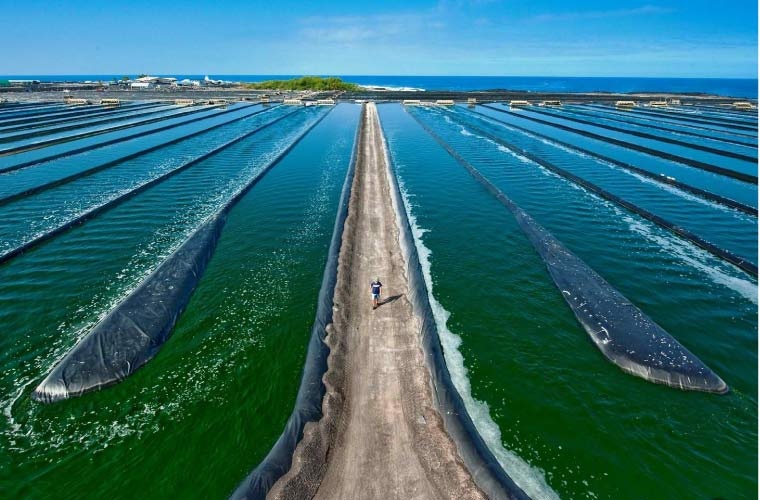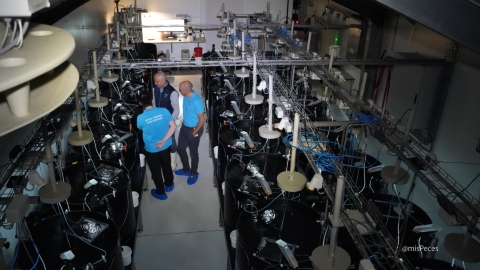
The industrial application of wastewater treatment using microalgae has the potential to turn an environmental challenge into an economic and ecological opportunity, enabling the production of food and high-value bioproducts for the pharmaceutical and cosmetics industries. However, scaling this technology to an industrial level necessitates overcoming several key barriers. Experts advocate for a comprehensive approach that integrates pre-treatment, cultivation, harvesting, and biomass valorisation.
Pre-treating wastewater through ultrafiltration and controlled anaerobic digestion can reduce the organic load by up to 80%, significantly improving the bioavailability of nutrients for microalgae. Additionally, biofilms and assisted flocculation systems enhance biomass recovery, lowering operational costs. Standardising regulations, modelled on frameworks used in the European Union and the United States, is also crucial to facilitating wider adoption. During cultivation, conditioning wastewater via partial anaerobic digestion enhances carbon availability for microalgae. It is equally vital to maintain a balanced nutrient composition—specifically carbon, nitrogen, and phosphorus—and remove suspended solids that could interfere with photosynthesis.
To maximise biomass productivity and simplify harvesting, efficient cultivation systems such as continuous-flow photobioreactors are essential. These systems have been shown to increase production by 30% compared to open ponds, reduce water consumption by 40%, and improve CO2 capture efficiency by 50%. Furthermore, biofilms provide a cost-effective and streamlined harvesting method. Several biomass harvesting and processing techniques have demonstrated strong potential for industrial application. Natural or induced flocculation minimises separation costs using biological agents. Stage-wise harvesting, where filters or membranes are employed, concentrates microalgae efficiently. Extraction of bioactive compounds is particularly valuable for applications in aquaculture, biofertilisers, and biofuels.
Securing funding for research and development remains crucial at this stage. Investment incentives and government grants are essential to accelerate the transition from laboratory-scale success to large-scale commercial viability. Countries such as Germany and Canada have already implemented subsidy schemes that have boosted investment in biotechnology by 60% and created over 5,000 jobs in the last five years, demonstrating the economic potential of this sustainable solution.


